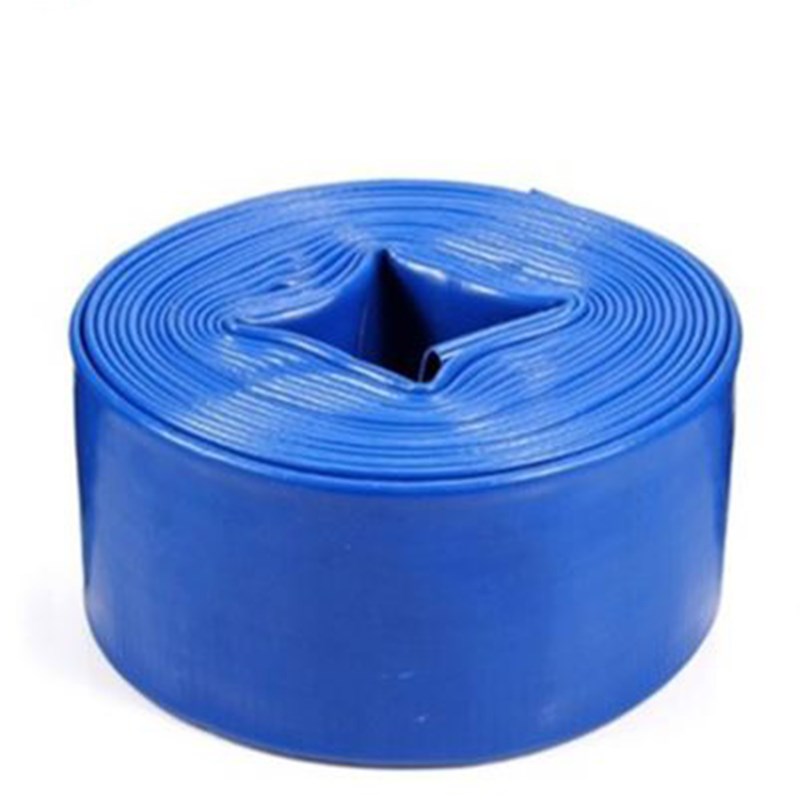Calibrating fertigation injectors in drip irrigation tube systems is crucial for ensuring precise and accurate nutrient delivery to crops. Fertigation injectors are devices that introduce fertilizers and other nutrients into the irrigation water, allowing for efficient and controlled application.
Here’s how fertigation injectors are typically calibrated:
- Determine Desired Nutrient Concentrations:
- Define the target nutrient concentrations for the specific crop and growth stage. Consider factors such as crop nutrient requirements, soil tests, and agronomic recommendations.
- Select the Fertilizer Solution:
- Choose the appropriate fertilizer solution or mix that corresponds to the desired nutrient concentrations. This may involve selecting different fertilizers or adjusting their ratios to meet the crop’s nutritional needs.
- Measure Stock Solution Flow Rate:
- Calibrate the fertigation injector by measuring the flow rate of the stock solution (fertilizer concentrate) using a graduated container and a stopwatch.
- Ensure that the stock solution is well-mixed before measurement.
- Calculate Stock Solution Injection Ratio:
- Determine the injection ratio of the fertigation injector, which represents the proportion of stock solution to irrigation water.
- Calculate the ratio based on the desired nutrient concentrations and the measured flow rate of the stock solution.
- Adjust Injector Settings:
- Set the fertigation injector to the calculated injection ratio. This is typically done by adjusting the settings on the injector, such as a control dial or valve.
- Conduct Calibration Tests:
- Perform calibration tests by running the fertigation system with the injector in operation.
- Collect samples of the mixed irrigation water at regular intervals and measure nutrient concentrations to verify that they match the desired levels.
- Fine-Tune Injector Settings:
- Fine-tune the fertigation injector settings based on the results of calibration tests.
- Adjust the injection ratio as needed to achieve the precise nutrient concentrations desired for optimal crop growth.
- Repeat Calibration as Needed:
- Calibrate the fertigation injector regularly, especially when changing fertilizers, drip irrigation tube adjusting nutrient requirements, or encountering changes in water quality.
- Periodic calibration ensures that the system continues to deliver nutrients accurately.
- Monitor System Performance:
- Continuously monitor the performance of the fertigation system during regular operation.
- Check for any fluctuations in nutrient concentrations and address issues promptly.
- Consider Environmental Factors:
- Take into account environmental factors such as temperature, humidity, and water quality, as these can influence the performance of fertigation injectors.
- Adjust settings based on seasonal variations and changing conditions.
- Use Flow Meters and Sensors:
- Install flow meters and sensors in the fertigation system to provide real-time data on water and nutrient flow rates.
- Utilize this data to monitor and control nutrient delivery more effectively.
- Maintain and Clean Equipment:
- Regularly maintain and clean fertigation injectors to prevent clogging and ensure consistent performance.
- Clean filters, nozzles, and other components to avoid disruptions in nutrient delivery.
- Train Operators:
- Provide training to operators on the proper use, maintenance, and calibration of fertigation injectors.
- Ensure that operators are familiar with the equipment and understand the importance of precise nutrient delivery.
- Documentation:
- Keep detailed records of fertigation injector calibration, including the calibration settings, test results, and any adjustments made.
- Documentation aids in troubleshooting, system optimization, and compliance with recommended nutrient levels.
- Seek Professional Advice:
- Consult with agricultural experts, agronomists, or extension services for guidance on fertigation practices and injector calibration, especially when dealing with specific crops or challenging conditions.
By following these steps, farmers can calibrate fertigation injectors to achieve precise and reliable nutrient delivery in drip irrigation tube systems, optimizing crop nutrition and promoting healthy plant growth. Calibration is an ongoing process, and regular checks are essential to maintain accuracy over time.
